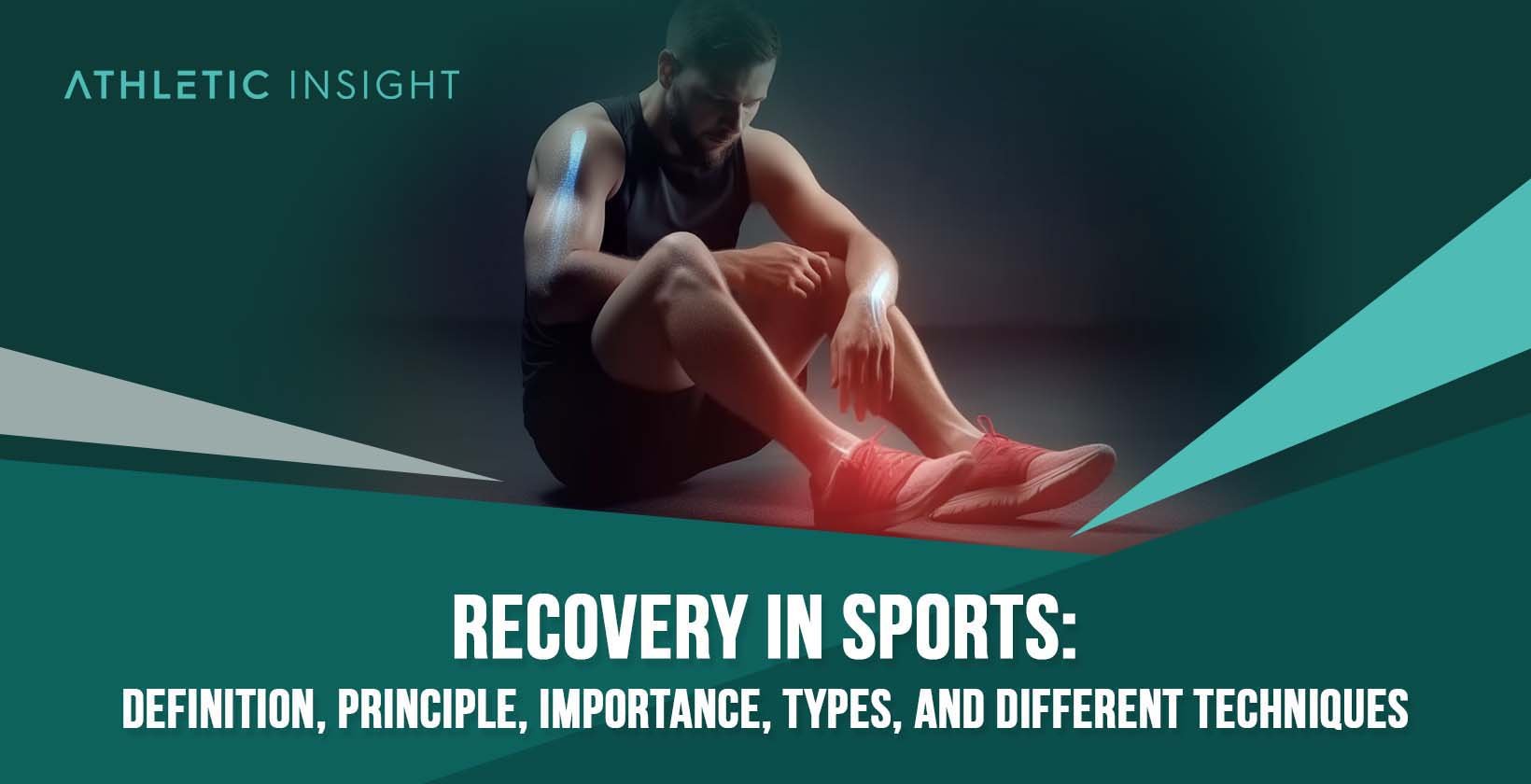1:Effective Strategies for Sports Injuries Prevention and Recovery:
-
Sports Injuries Prevention:
Effective Strategies for Sports Injuries Prevention and Recovery encompasses the strategies and practices designed to reduce the risk of injuries that occur during physical activities. This approach involves proactive measures such as proper warm-up and cool-down routines, correct use of sports equipment, and adherence to proper techniques. By preparing the body adequately for exercise, using appropriate safety gear, and employing correct physical techniques, athletes can significantly lower their risk of experiencing common injuries such as strains, sprains, and fractures.
-
Sports Injuries Recovery:
Sports injuries recovery refers to the process of healing and rehabilitating after sustaining an injury during physical activity. This process includes essential elements such as rest, appropriate medical treatment, nutrition, and rehabilitation exercises. Recovery aims to restore the injured area to full function, improve strength and flexibility, and prevent future injuries. Effective recovery is managed through a structured plan that includes medical evaluation, physical therapy, and supportive care to ensure optimal healing and return to activity.

2:Understanding Common Sports Injuries:
Sports injuries can vary greatly depending on the ype of sport and the level of intensity. Common injuries include sprains, strains, fractures, and dislocations, often resulting from accidents or overuse. Sprains involve stretching or tearing of ligaments, while strains affect muscles or tendons. Fractures are breaks in bones, and dislocations occur when bones are forced out of their normal position. Understanding these injuries helps in implementing preventive measures and ensures proper treatment and recovery.

Preventing sports injuries starts with recognizing the risks associated with different activities. For example, high-impact sports like football or basketball have a higher risk of joint injuries, whereas sports requiring repetitive motions, such as tennis or swimming, can lead to overuse injuries. Tailoring prevention strategies to specific sports and understanding the nature of potential injuries can significantly reduce the likelihood of sustaining an injury.
3:Importance of Proper Warm-Up and Cool-Down:
Proper warm-up and cool-down routines are essential for preventing sports injuries. Warming up prepares the body for physical activity by increasing blood flow to muscles, enhancing flexibility, and reducing stiffness. A good warm-up should include dynamic stretches and light aerobic exercises that gradually increase in intensity. This practice helps in preparing muscles and joints for the demands of the sport, reducing the risk of strains and sprains.

Cooling down is equally important as it aids in the recovery process by gradually lowering the heart rate and stretching out fatigued muscles. This helps in reducing muscle soreness and the risk of injury. Effective cool-down routines often include static stretching and deep breathing exercises. Both warm-up and cool-down routines play a crucial role in maintaining overall physical health and ensuring a smooth transition between exercise and rest.
4: Implementing Proper Techniques and Equipment:
Using proper techniques and equipment is crucial for preventing sports injuries. Correct techniques reduce the risk of injury by ensuring that the body is used efficiently and safely during physical activity. Coaches and trainers should emphasize the importance of proper form and technique in all exercises and movements. This includes learning the correct way to lift weights, perform athletic maneuvers, and execute sport-specific skills.

Equally important is the use of appropriate sports equipment. Proper footwear, protective gear, and equipment designed for specific sports help in minimizing the risk of injury. For example, wearing the correct type of shoes can prevent foot and ankle injuries, while helmets and padding can protect against head and body injuries. Regular maintenance and correct fitting of sports equipment ensure that it functions effectively and provides the necessary protection.
5:Effective Recovery Techniques:
Recovery is a critical component of managing and preventing sports injuries. Effective recovery techniques include rest, proper nutrition, hydration, and rehabilitation exercises. Rest allows the body to repair and rebuild tissues damaged by exercise or injury. It’s essential to listen to your body and avoid pushing through pain, which can exacerbate injuries.

Proper nutrition and hydration support the recovery process by providing the body with essential nutrients and fluids needed for healing. Incorporating a balanced diet rich in vitamins, minerals, and protein aids in tissue repair and overall recovery. Rehabilitation exercises, guided by a physical therapist or sports medicine professional, can help restore strength, flexibility, and range of motion. These exercises should be performed under supervision to ensure proper technique and effectiveness in aiding recovery.
By understanding common sports injuries, adhering to proper warm-up and cool-down practices, using correct techniques and equipment, and implementing effective recovery strategies, athletes can significantly reduce the risk of injury and enhance their overall performance and well-being.
